You are here:
Home →
News → News 2025.02 - Works loco ÖBB 052/S...
2025-02-13 10:10:27
News 2025.02 - Works loco ÖBB 052/S of the HW St. Pölten
ÖBB 052/S - The apiary!
After ÖBB had closed the auxiliary workshop in Obergrafendorf and the maintenance of the narrow-gauge wagons was transferred to the main workshop in St. Pölten, there was a lack of a suitable shunting locomotive there in the spring of 1960. With the tried and tested confidence that makeshift is the longest lasting solution, a shunting tractor was quickly cobbled together from existing old materials. The engine came from a compressor, the gearbox from a standard-gauge tow train. The frame and the superstructure were built by themselves, based on the narrow-gauge wagons. After the ÖBB 052/S was taken out of service, the locomotive body was sold and served as an apiary in the Pielach Valley for many years!
Halling
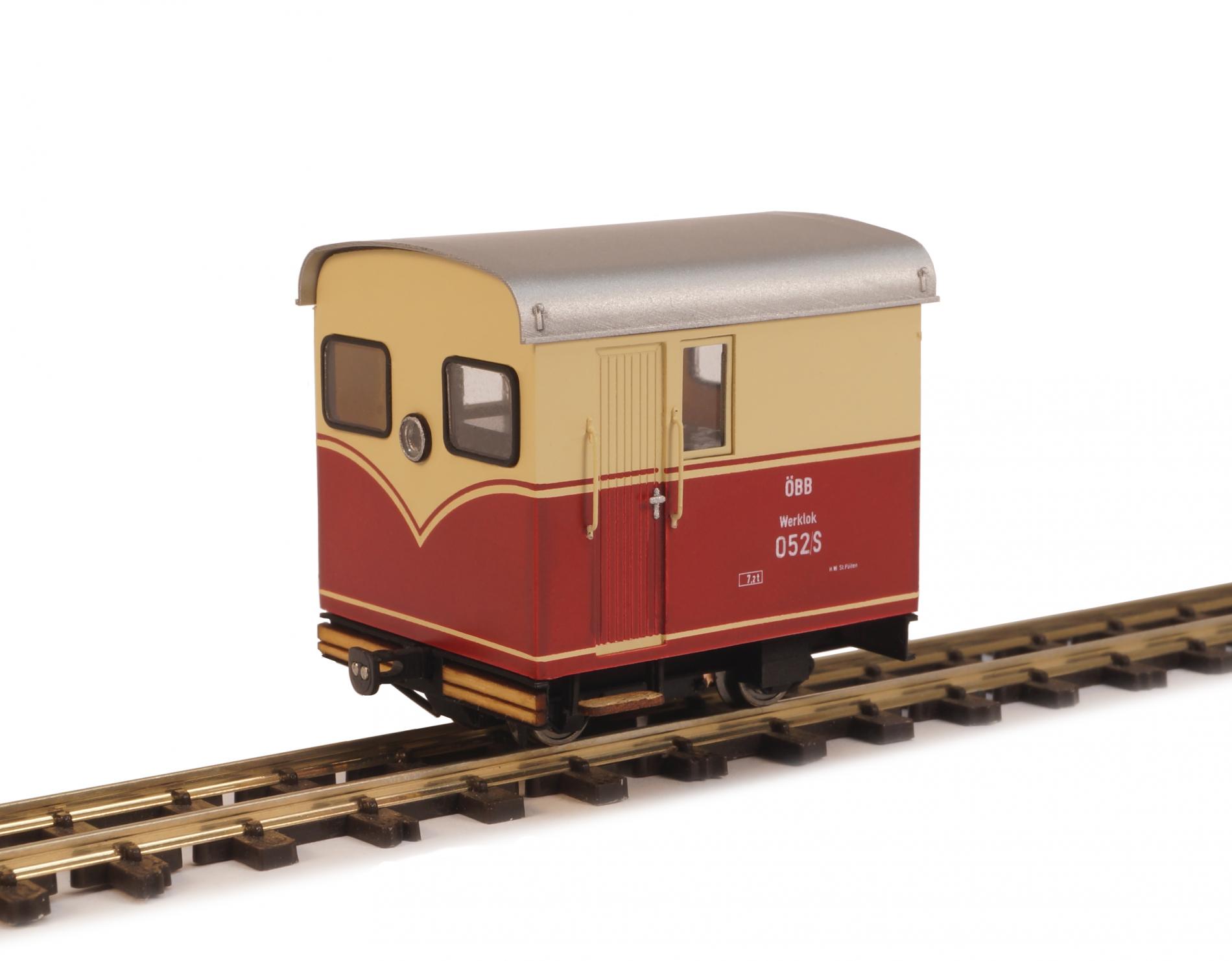
© Halling Modelle
206-052
The models of the small, funny locomotive come from the small series workshop ‘1125’, from which we can still expect some uncompromising narrow gauge models. From the crane lifting points on the roof to the real wood battering ram on the frame, the model is as close as possible to the large prototype, only the drive is much more powerful! The specially developed bell-armature drive allows smooth running and a clear view of the locomotive body.
All models are equipped with white alternating lights and a six-pin NEM651 interface and can be fitted with an MX622N ex works. The dummy coupler sits at an exemplary height and can be easily converted for H0e shunting using the enclosed magnetic hook coupler adapter. Nothing else needs to be done, the model is delivered fully equipped!
to the product
Related News
-
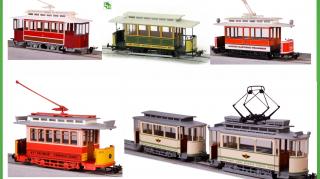
© Halling Modelle
2025-12-04
We are delighted to present five models that were personally handeled by Leopold Halling, the great-grandfather of tram modelling. The first edition of these models was delivered over 25 years ago! Today, we were able to assemble a few models from original parts and equip them with a new drive system. Contact us quickly if you want to hold a piece of tram and model tram history in your hands.
more News 2025.12 - Five rare vintage tram models
-
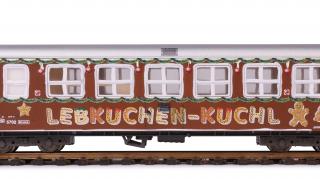
© Halling Modelle
2025-12-01
The new Christmas wagon is here!
The Mariazellerbahn buffet car is now an integral part of NÖVOG's ‘Ötscherbär’ adventure train and offers a selection of drinks as well as savoury and sweet dishes from the region. It is included on all ‘Ötscherbär’ journeys and offers refreshments for passengers during the trip to Mariazell.
more News 2025.12 - WR4ip/s 5702 „Lebkuchen-Kuchl“
-

© Halling Modelle
2025-11-29
The HALLING model advent calendar is back!
There is a child in all of us who still remembers the advent season. The days leading up to Christmas were filled with the smell of cinnamon and growing anticipation! Every day, we could see on the advent calendar how many days we still had to wait until the big day. This year, we are finally letting that child out to play again!
more News 2025.11 - Advent Calendar
-
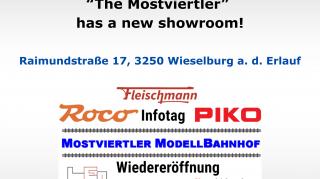
© Halling Modelle
2025-11-20
The Mostviertler has a new showroom!
Our new boss, Mr Joachim Haselmayer, also known as the Mostviertler, had already been running the Mostviertler model railway station very successfully for several decades before he bought a bag of fleas called HALLING Modelle. It started out as a small model railway shop, idyllically located in the old railway station in Wieselburg a.d. Erlauf, but it has long since outgrown its premises.
more News 2025.11 - Invitation to the Mostviertel
-
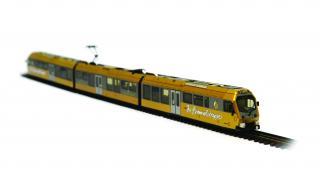
© Halling Modelle
2025-11-17
Nine places – nine treasures, but only one winner!
The Mariazellerbahn is Austria's most beautiful place! In the grand finale of the ORF prime-time show ‘9 Plätze – 9 Schätze’ (9 Places – 9 Treasures) on 25th October 2025, the Mariazellerbahn won the title of ‘Austria's most beautiful place’ for the first time, bringing it to Lower Austria. We congratulate them on their victory, even though we have always known how unique and beautiful Austria's longest narrow-gauge railway is!
more News 2025.11 - The stairway to heaven on the Mariazellerbahn railway
-
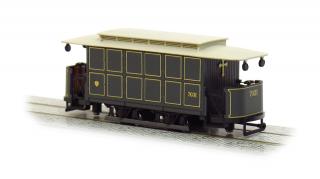
© Halling Modelle
2025-10-30
We wish you a merry All Saints' Day!
From 1918 onwards, the deceased in Vienna travelled by tram! The le 7031, converted from a former NWT steam tram car, could carry up to 12 passengers from the large Viennese hospitals, the care home in Lainz and the nursing home in Steinhof to the Vienna Central Cemetery in style.
more News 2025.10 - Viennese hearse tram le 7031er







